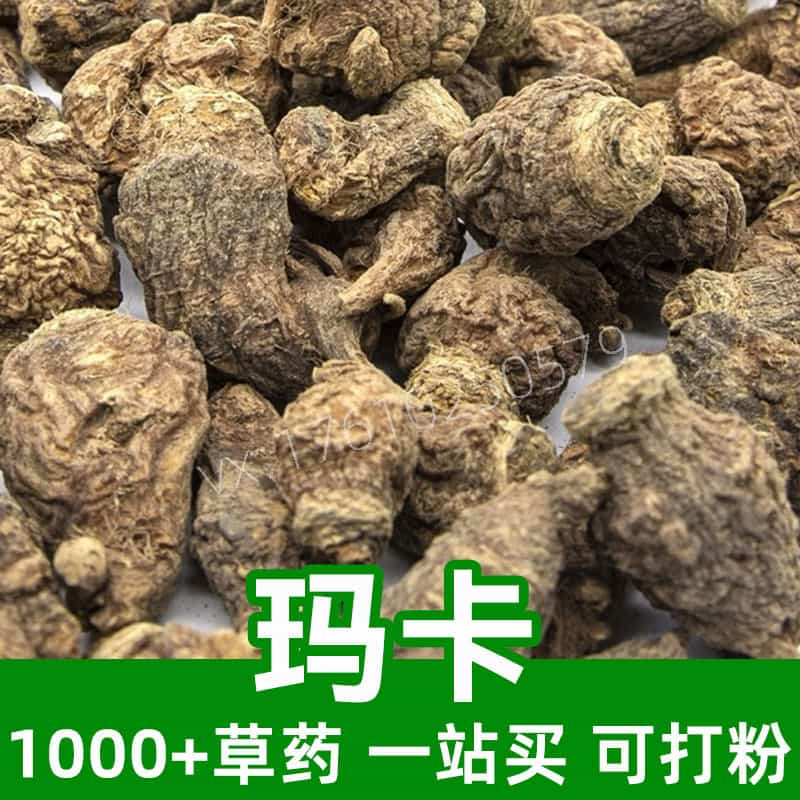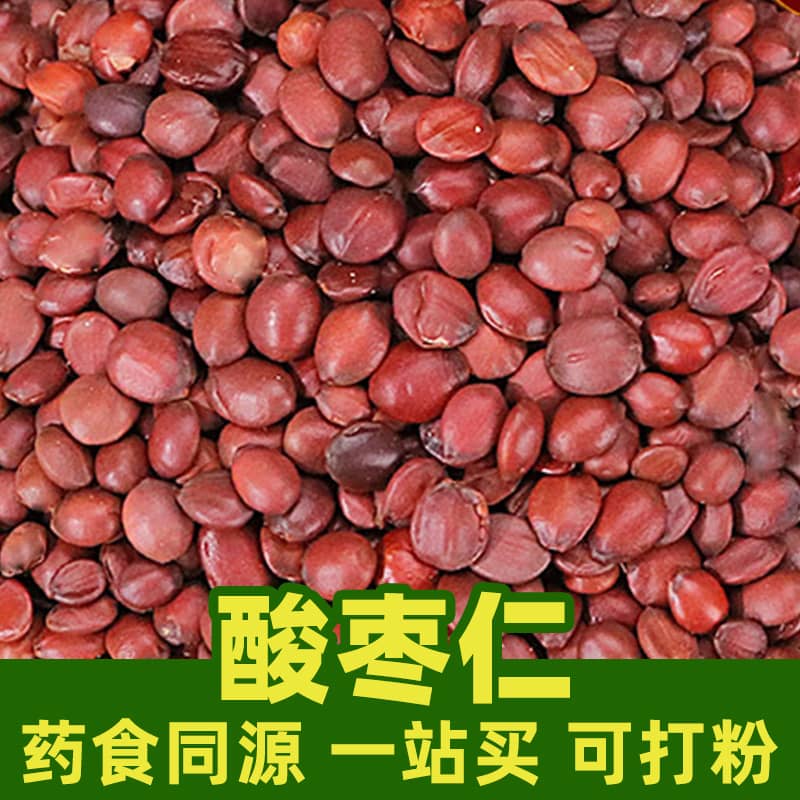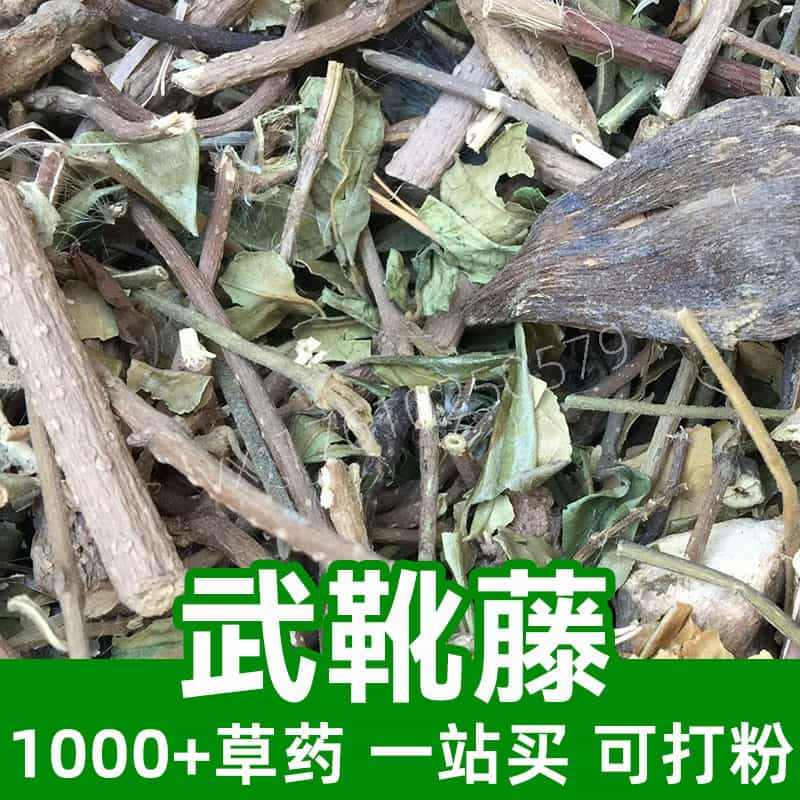Product Introduction
Evodia, commonly referred to in Chinese as Wu Zhu Yu (吴茱萸), is a traditional herbal remedy utilized for centuries in Chinese medicine. This herb is derived from the fruit of the Evodia Rutaecarpa plant and is predominantly found in temperate and subtropical regions of Asia. The fruit is harvested and dried, subsequently used in various formulations due to its unique bioactive components. Evodia is celebrated for its potential supportive effects on digestive health and its role in promoting overall well-being.
The herb's main components include evodiamine, which is known for its potential effects on metabolic processes, and rutaecarpine, which is linked with various health benefits. Traditionally, Evodia is administered in various forms, including decoctions and powders, often combined with other herbs to enhance its efficacy. While it is a staple in herbal practices, modern research continues to explore its diverse applications in both traditional and contemporary contexts. As a part of traditional Chinese herbal medicine, Evodia reflects a deep understanding of the natural pharmacological activity of plants, positioning it as a valuable asset in holistic wellness.
Main Active Ingredients
Evodia contains a plethora of active chemical components that contribute to its reputed benefits. The principal bioactive elements include:
- Evodiamine: This alkaloid is one of the primary constituents of Evodia, known for its potential to aid in metabolic regulation. Evodiamine has been studied for its thermogenic effects, which may help increase overall metabolism and assist in weight management.
- Rutaecarpine: Another significant compound found in Evodia, rutaecarpine, is recognized for its role in gastrointestinal processes. It may promote smooth muscle relaxation and aid in the modulation of gastrointestinal motility.
- Flavonoids: Evodia contains various flavonoid compounds, which are known for their antioxidant activities. These compounds may help neutralize harmful free radicals in the body.
- Essential Oils: The fruit also contains aromatic oils that contribute to its distinctive scent and flavor, enhancing its application in culinary and medicinal contexts.
The collective efficacy of these compounds contributes to the herb's traditional uses in promoting digestive health and its role in other bodily functions. Overall, the active ingredients in Evodia make it a compound of interest for both traditional herbal practitioners and modern scientific researchers alike, underscoring its versatility and significance in herbal medicine.
Product Application Scenarios, Usage, and Dosage
In traditional Chinese medicine, Evodia is primarily used to address digestive issues, such as nausea, abdominal pain, and poor appetite. It is often included in herbal formulas designed to harmonize the stomach and stimulate digestive functions.
Common Usage Scenarios:
- Herbal Decoctions: Evodia can be boiled with water to create a decoction that is consumed to alleviate digestive discomfort.
- Combination Formulas: It is frequently combined with other herbs like ginger or licorice to enhance its effects and mitigate its bitter flavor.
- Powdered Form: Evodia is also available in powdered form, which can be added to food or consumed directly mixed with warm water.
Dosage Guidelines:
- The standard traditional dosage for Evodia ranges from 3 to 10 grams when prepared as a decoction.
- In powdered form, approximately 1-3 grams per day is considered a common serving size, though the specific dosage may depend on individual needs and health goals.
As with any herbal supplement, it is essential to consult a qualified practitioner of traditional Chinese medicine for personalized guidance regarding the appropriate usage and dosage based on one's unique constitution and health considerations.
Introduction to the Source Plant, Distribution, and Growth Environment
Evodia Rutaecarpa, the botanical source of Evodia, is a flowering plant that is part of the Rutaceae family. This species is native to areas in East Asia, particularly China, Korea, and Japan. The plant prefers well-drained soil and thrives in subtropical and temperate conditions.
The Evodia tree can grow up to 10 meters in height and is characterized by its aromatic leaves and fruit, which are typically harvested in late summer to early autumn. In its natural habitat, Evodia is often found in forested regions, adapting well to varying climatic conditions, while requiring mild sunlight exposure to flourish.
The harvesting process often involves collecting mature fruit when they are ripe, which are then dried carefully to preserve their active components. The unique climate and soil conditions of its native regions significantly influence the quality and potency of the herb. These environmental factors play a crucial role in the development of the bioactive compounds found within the fruit, contributing to Evodia's overall effectiveness in traditional applications.
Harvesting, Processing, and Storage
The harvesting of Evodia fruits is a careful process that begins with identifying the optimal harvest time, typically late summer to early autumn when the fruits reach maturity. The fruit should be collected by hand to prevent damaging the plant and to ensure the collection of only the best quality specimens.
Once harvested, Evodia fruits are usually cleaned and subjected to a drying process. Drying is a critical step as it significantly enhances the stability and concentration of the herb’s active components. Traditionally, the fruits are spread out in a shaded, well-ventilated area to air dry, avoiding direct sunlight to prevent the degradation of sensitive compounds.
Following drying, Evodia might undergo additional processing to produce powders or extracts, depending on its intended use in herbal formulations. For instance, fruits can be finely ground into a powder to be used in capsules or mixed into formulations.
Storage is crucial for maintaining the herb's potency. Dried Evodia should be kept in airtight containers, placed in a cool, dark, and dry environment. Properly stored, Evodia can retain its quality for several years, making it accessible for traditional practitioners and consumers interested in maximizing its benefits. It is essential to check periodically for any signs of moisture or degradation, ensuring that the herb remains fresh and effective for its applications.
Monica Sun is a seasoned expert in the natural raw materials industry, with over a decade of experience specializing in traditional Chinese medicinal herbs, spices, and fungi. She is skilled in the sourcing, processing, and application of these materials, emphasizing sustainability and innovation. Monica Sun has contributed to the development of high-quality natural raw materials that serve as essential components in functional foods, pharmaceuticals, and cosmetics, delivering tailored solutions to meet diverse market needs.
















